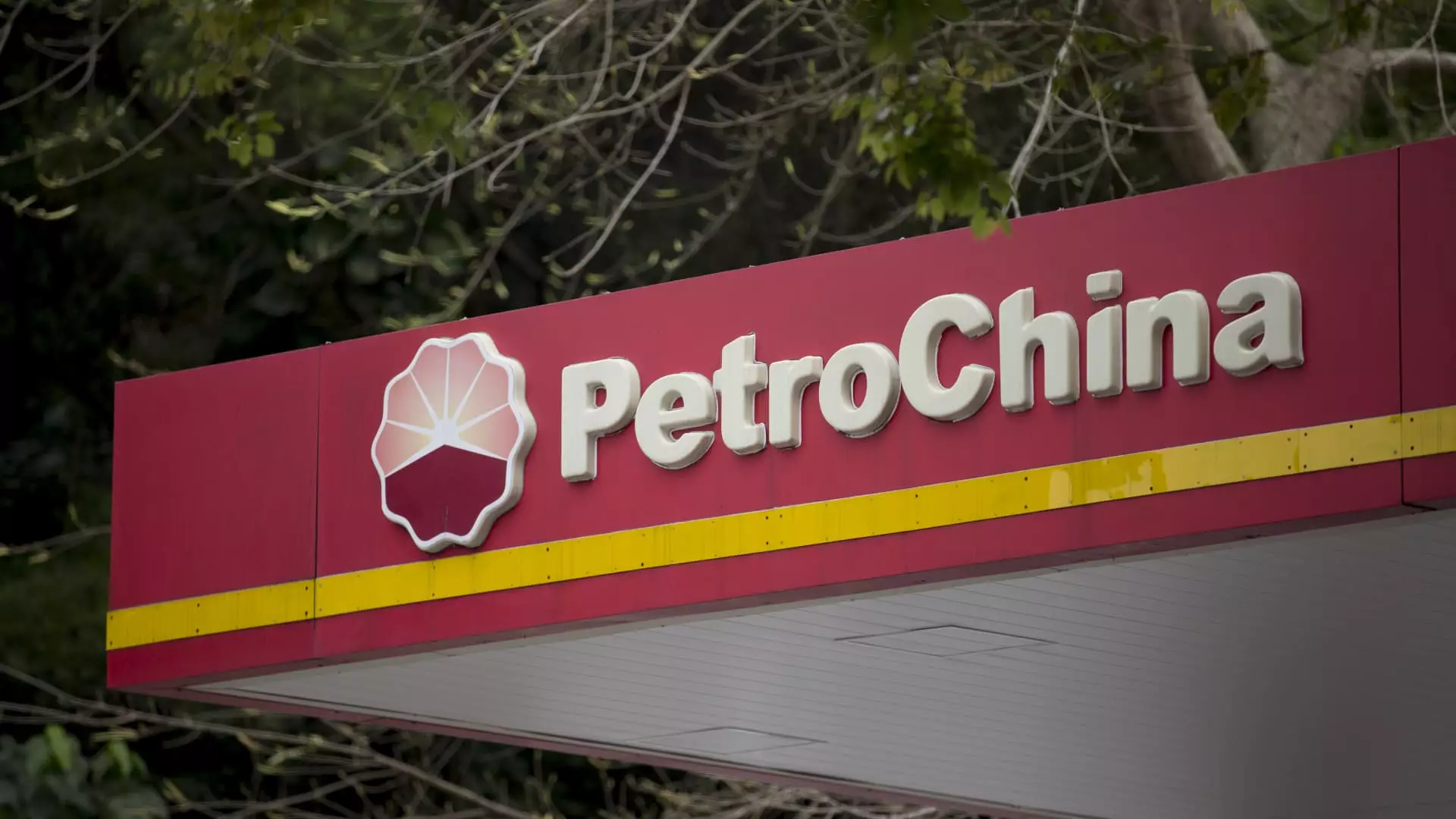PetroChina Co. has marked a significant milestone in its financial performance for the first half of the year, as the company reported unprecedented operating profits buoyed by an uptick in drilling activity and elevated oil prices. The net income reached an impressive 88.61 billion yuan (approximately $12.44 billion), reflecting a 3.9% increase from the same timeframe last year. This growth demonstrates how effectively the largest oil and gas player in China has navigated through a difficult economic landscape, characterized by weakened domestic fuel demand.
The firm’s total revenue similarly surged by 5%, totaling 1.554 trillion yuan during the same six-month period. The driving forces behind this financial ascension include increased sales prices for crude oil and gasoline, as well as heightened sales volumes of natural gas and related products such as kerosene and polyethylene. Such factors highlight the robust pricing climate in international oil markets and indicate PetroChina’s adeptness in capturing high-value opportunities despite ongoing pressures at home.
International Market Dynamics
PetroChina’s success is in part attributable to the resilience of international crude oil prices that have provided a favorable backdrop for its operations. The company’s directors pointed out that the growth in the domestic natural gas market has also been “rapid,” suggesting a complexity in local demand dynamics. While internal market challenges persist, PetroChina’s capacity to leverage international market conditions has proven critical in maintaining profitability.
This ability to weather the storm of domestic demand concerns while capitalizing on global pricing trends showcases PetroChina’s strategic positioning and operational flexibility. The company is taking concrete steps to further enhance its market stance, reaffirming its commitment to exploration and development, which are pivotal for sustaining growth.
An essential component of PetroChina’s growth narrative is its ongoing investment in exploration and development of oil and gas reserves. In the reported period, the company’s equivalent output of oil and natural gas peaked at 905.5 million barrels, an improvement over last year’s 893.8 million barrels. This rise in production underscores the effectiveness of PetroChina’s strategic focus on discovering new reserves and optimizing existing ones.
The company’s proactive approach has led to “multiple major breakthroughs” in various basins, including Tarim, Sichuan, and Junggar. These discoveries not only bolster its production capabilities but also reassure stakeholders about future supply stability. By ramping up exploration efforts, PetroChina is positioning itself to respond effectively to both domestic and international energy demands.
In the financial markets, PetroChina’s Hong Kong-listed shares have soared by 35% year-to-date—a clear indicator of strong investor confidence rooted in the company’s robust financial performance. This substantial growth in stock value positions PetroChina favorably as it continues to pursue its ambitious exploration agenda.
Looking ahead, while challenges in the domestic market may persist, PetroChina seems well-placed to capitalize on international opportunities and augment its production capacities. The synergy between exploration success and favorable market conditions will likely dictate the company’s trajectory as it seeks to reinforce its dominance in China’s oil and gas sector.

